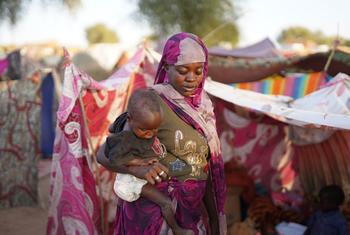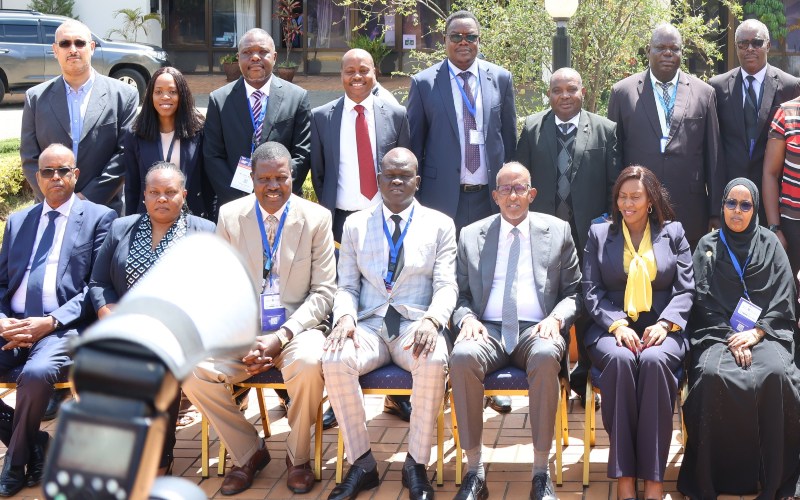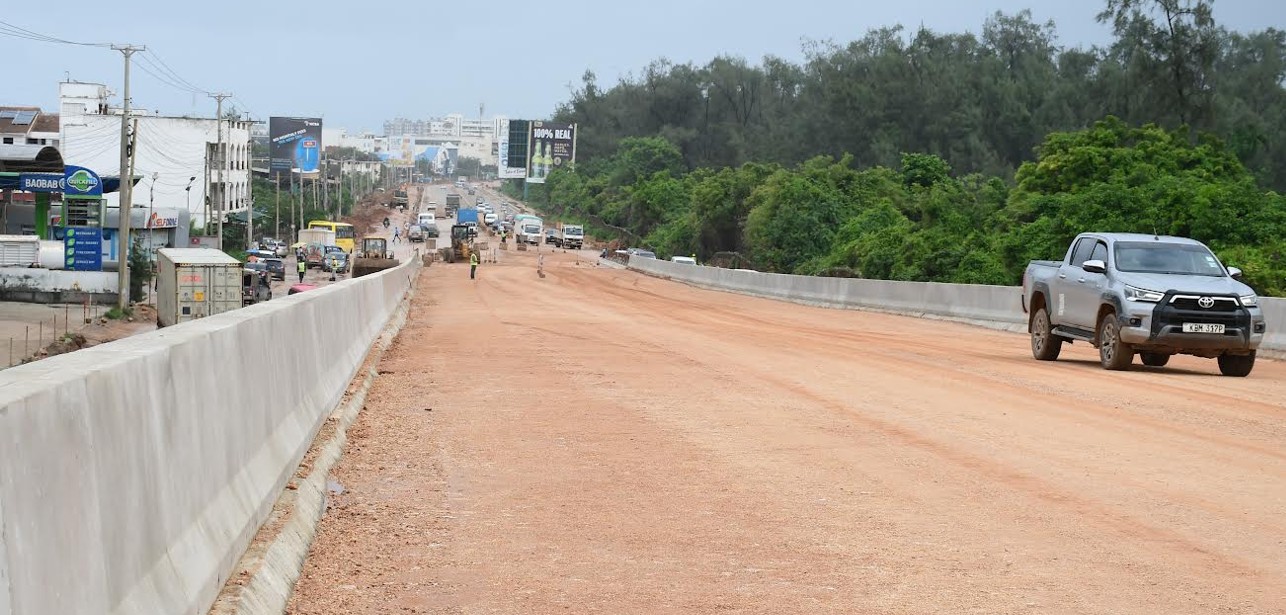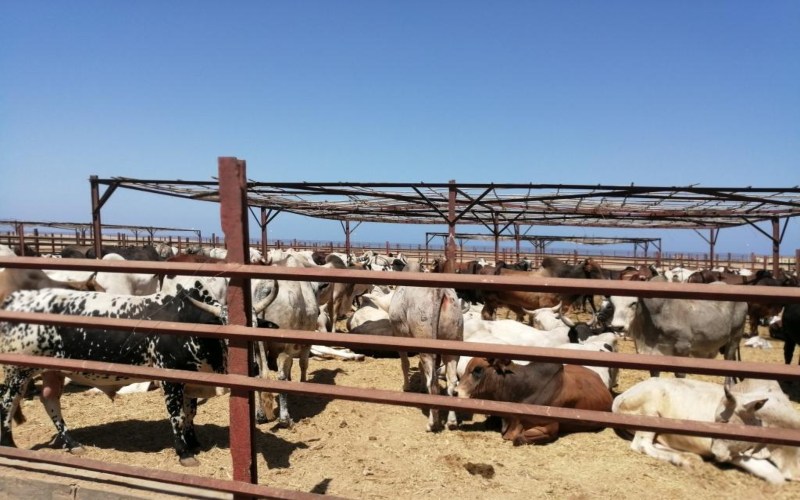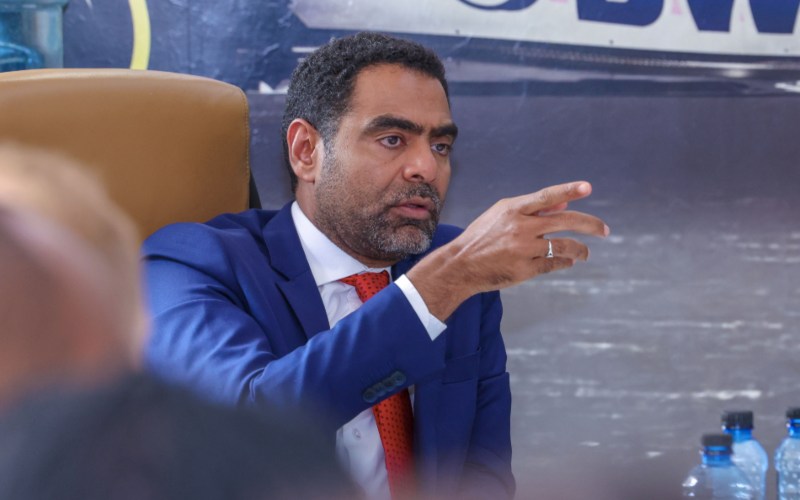Kenya urged to shift cancer strategy towards prevention, early detection
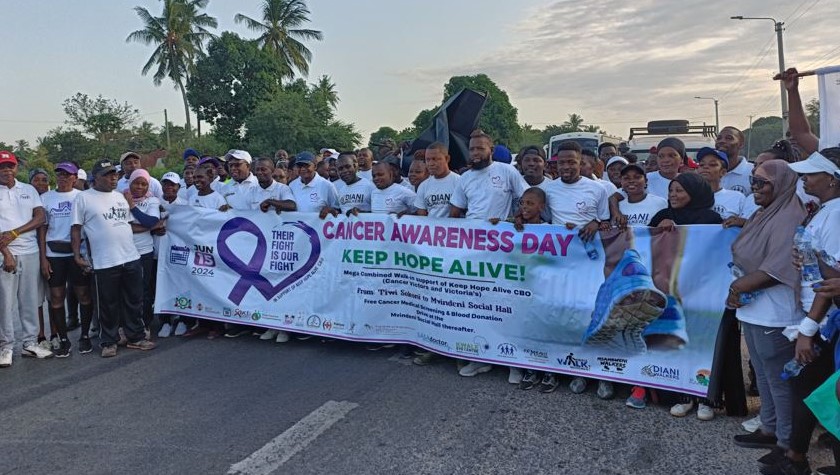
He emphasises the need to move away from a healthcare model focused largely on late-stage treatment towards prevention and early detection, where care is more affordable and outcomes significantly better.
Kenya records nearly 45,000 new cancer cases and 27,000 deaths each year, a rising burden that could overwhelm the country’s health system if not urgently addressed, warns National Cancer Institute (NCI) Chair, Dr Timothy Olweny.
He emphasises the need to move away from a healthcare model focused largely on late-stage treatment towards prevention and early detection, where care is more affordable and outcomes significantly better.
More To Read
- Study shows women under 50 face higher risk of colon growths from ultra-processed foods
- Study reveals why colorectal cancer resists immunotherapy
- Over 100 facilities accredited by SHA to provide cancer care after protests
- Kenya wins bid to host 2027 World Cancer Leaders’ Summit
- Lancet study confirms mesothelioma risk from asbestos exposure
- Four-country study finds worrying issues with cancer drug quality in Africa
“If the rise in cancer cases is not halted or stemmed, it could drain our entire healthcare system. We need to catch cancer early so that we spend fewer resources, achieve better outcomes and reduce preventable deaths,” said Dr Olweny in an interview on NTV.
Breast and cervical cancers primarily affect women, while prostate cancer is common among men. Oesophageal and colorectal cancers affect both genders. Dr Olweny notes that these five types account for a large proportion of cancer cases in Kenya and should be prioritised in prevention and treatment strategies.
“In fact, if we could make a significant impact in managing those big five, it would put a huge dent in the cancer burden in our country,” he said.
However, the burden is not evenly distributed. Regional disparities play a major role in cancer prevalence, influenced by different environmental exposures and lifestyle risk factors. Communities with high smoking rates, for instance, are more prone to tobacco-related cancers, while areas where smoked or preserved foods are dietary staples often show higher rates of oesophageal cancer.
“You’ll find certain regions where people are more exposed to things that cause cancer, known as carcinogens,” he explained. “So the distribution is not even.”
This uneven distribution complicates the allocation of cancer care infrastructure. While political logic might favour equal distribution of cancer centres across the country, Dr Olweny insists that resources should be directed where they are most needed.
“At the moment, we have 17 cancer centres in the public sector,” he said. “But only a few provide comprehensive cancer care — surgery, medication and radiotherapy. It doesn’t make sense to spread them evenly if the cancer burden itself isn’t evenly spread.”
While there are currently 17 public cancer centres, only a handful, including Kenyatta National Hospital, Moi Teaching and Referral Hospital, and Kenyatta University Teaching, Research and Referral Hospital, offer full services. Other centres in Nakuru, Mombasa and Garissa also provide comprehensive care.
He said an additional 11 centres, located in counties such as Kisumu, Kisii, Meru and Kwale, currently lack radiotherapy services. Dr Olweny stressed that expanding and equipping centres where they would have the most impact is more important than simply ensuring each county has a facility.
“One of the challenges we face as a cancer institute is that resources must be deployed where they make sense,” he said.
Dr Olweny also highlighted the critical role individuals can play in prevention, urging Kenyans to address modifiable risk factors such as smoking, alcohol consumption, obesity and physical inactivity. For non-modifiable risks like age and genetics, he advised increased vigilance and routine screening.
While research and treatment remain vital, Dr Olweny maintained that the patient’s experience should remain central to cancer care. He concluded that the country’s long-term success in tackling cancer would depend on a people-centred approach focused on prevention, early diagnosis and the strategic use of limited resources.
Top Stories Today






